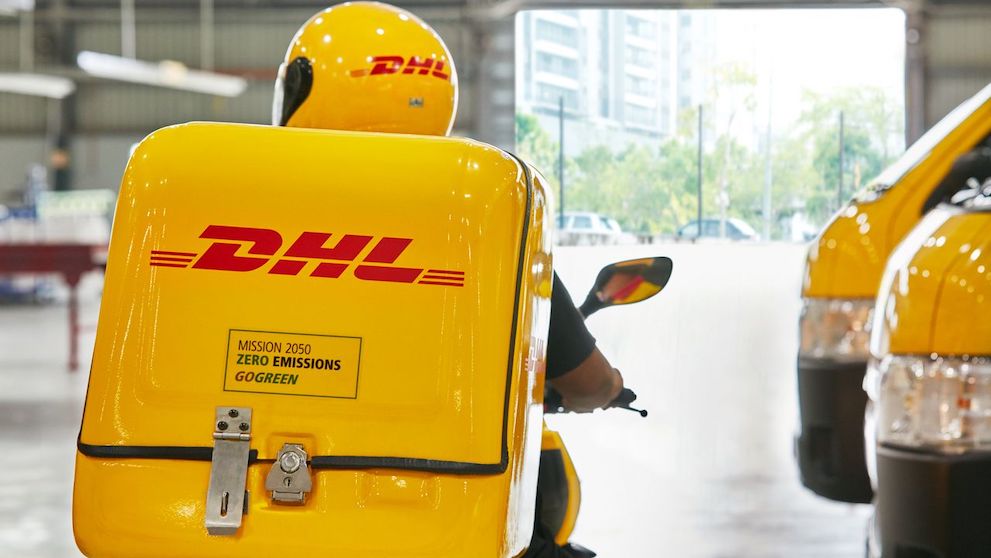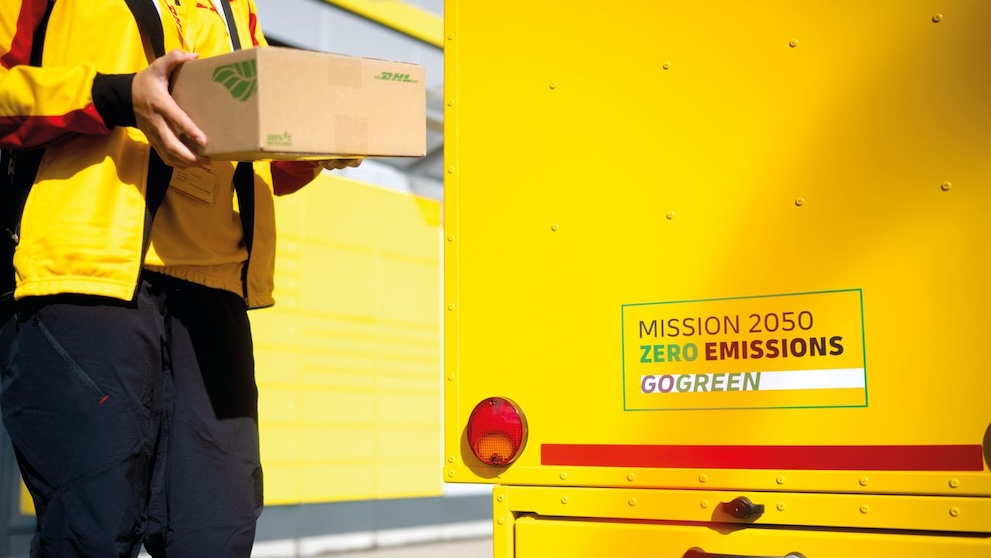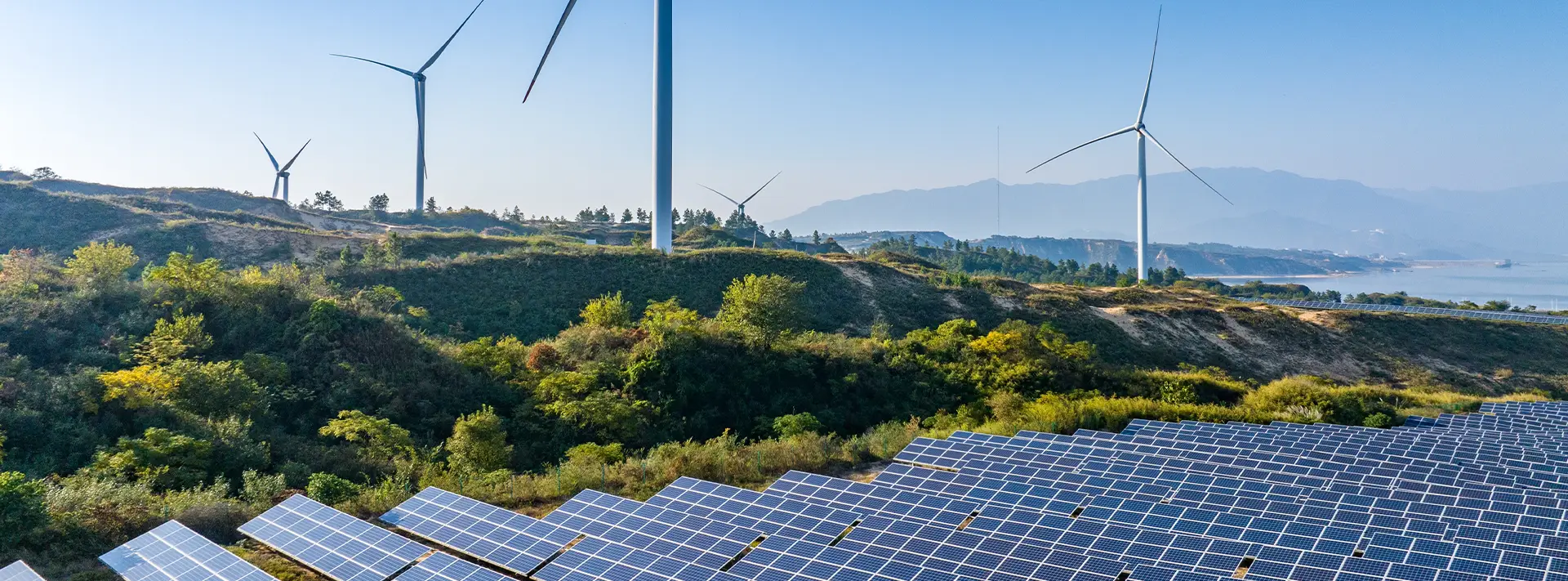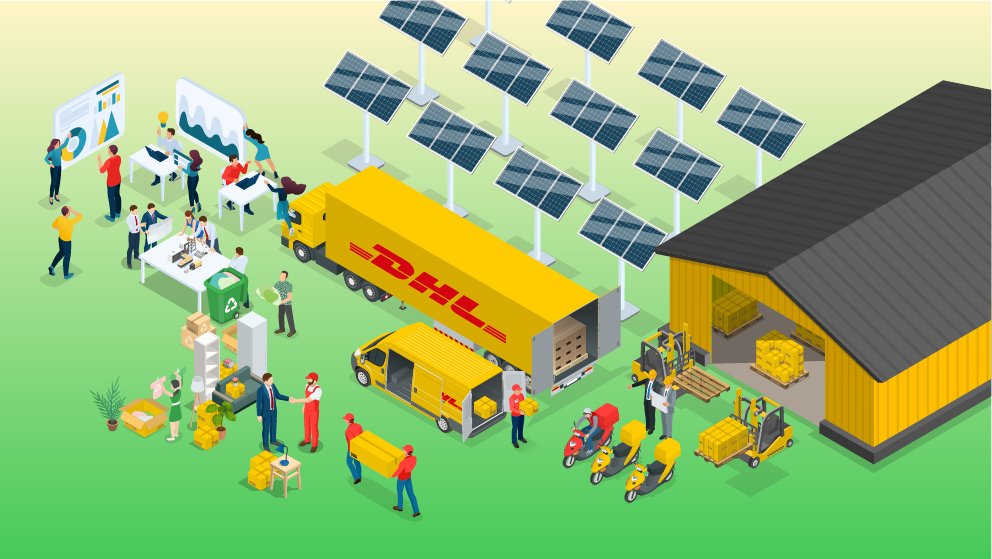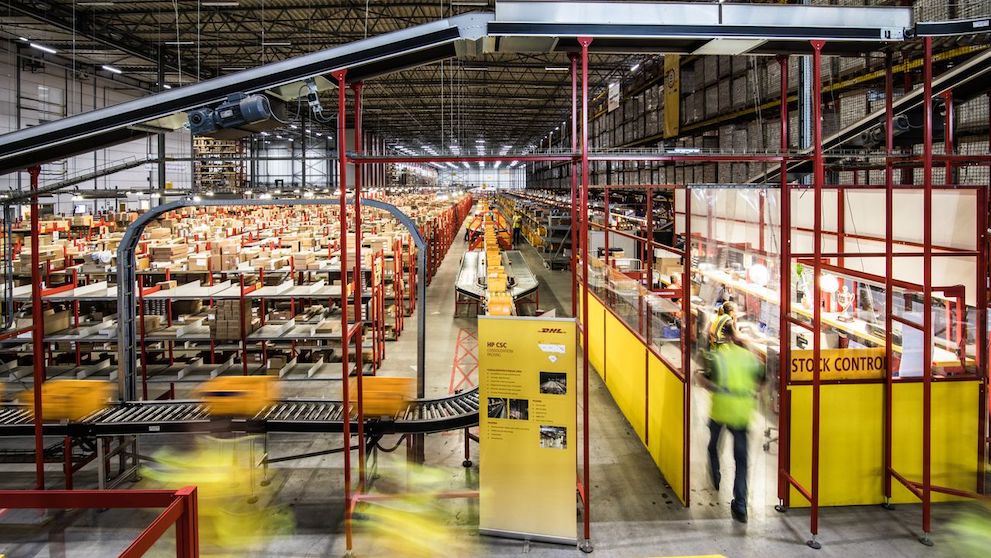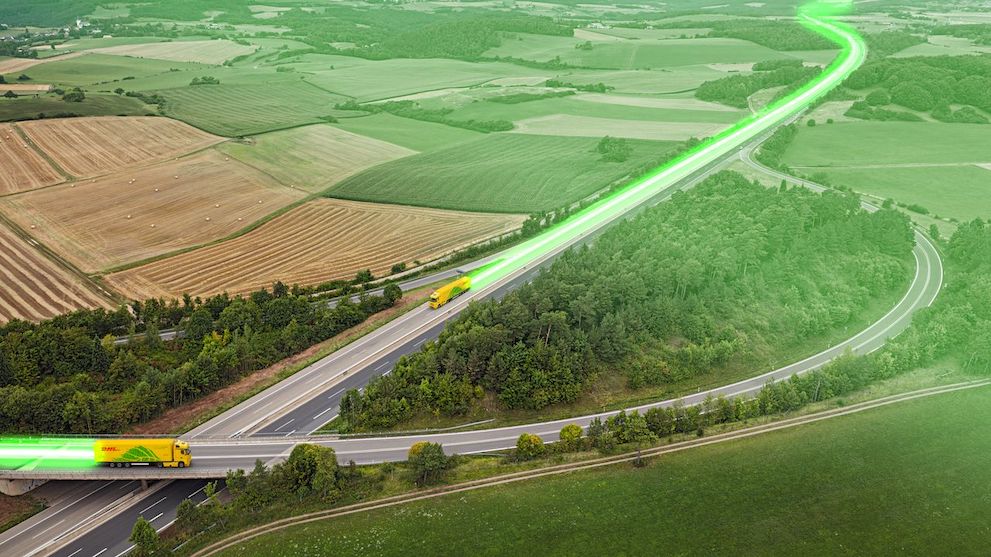The industrial revolution has resulted in significant development worldwide. However, it has also caused increases in greenhouse gas emissions, which in turn have driven various international crises – such as famines, droughts, and more generally, climate change.
What does carbon footprint mean, and how does it affect us? How is one’s carbon footprint calculated? How can you reduce it? And how does your carbon footprint affect your business’ chances of success? Read on to learn about carbon emissions and how to reduce them.
What is carbon footprint and what are its effects?
Carbon footprint refers to the number of greenhouse gases, including carbon dioxide and methane, that an individual or community emits over time due to their actions. Carbon footprint is measured in units of carbon dioxide. The amount of greenhouse gases a business organisation generates is thus its corporate carbon footprint.
Globally, the average carbon footprint per person is 7 tonnes of CO2 per year. This is equivalent to taking two return flights from London to Hong Kong. In the United States, the average carbon footprint is 16 tonnes per person, reports The Nature Conservancy. An individual’s carbon footprint is calculated by accounting for the electricity, fuel, and meat consumed, how much waste they generate, and other personal choices. In short, humans’ daily activities leave a carbon footprint, which affects the environment in several ways:
Greenhouse gases accelerate climate change and global warming, seen in extreme weather conditions such as famines, droughts, and floods.
Carbon emissions pollute urban landscapes, thus causing more individuals to suffer from respiratory diseases.
They also bring about toxic acid rain, harming humans, animals, and plants.
Greenhouse gases are directly linked to rising global temperatures, which accelerate the melting of glaciers and the acidification of ocean water, killing marine species.
What are the main causes of CO2 footprint?
Human activities are the leading cause of CO2 emissions. These include the following:
Oil emission remains the main contributor to greenhouse gases, following an increase in travel after the global pandemic. Coal is the biggest culprit, accounting for approximately 40% of global carbon emissions in 2022, according to the Global Carbon Project.
Burning of coal and natural gas to generate electricity is another major source of CO2 emissions.
Livestock and factory farming
Household and corporate activities, such as burning fossil fuels for heat, energy and the incineration of waste.
Unintended spillovers from factories that cause pollution
Heating and air-conditioning from offices uses a large amount of electricity and produces gas emissions
Rush-hour traffic jam contribute to air and noise pollution
Electronic and paper waste that ends up in landfills
